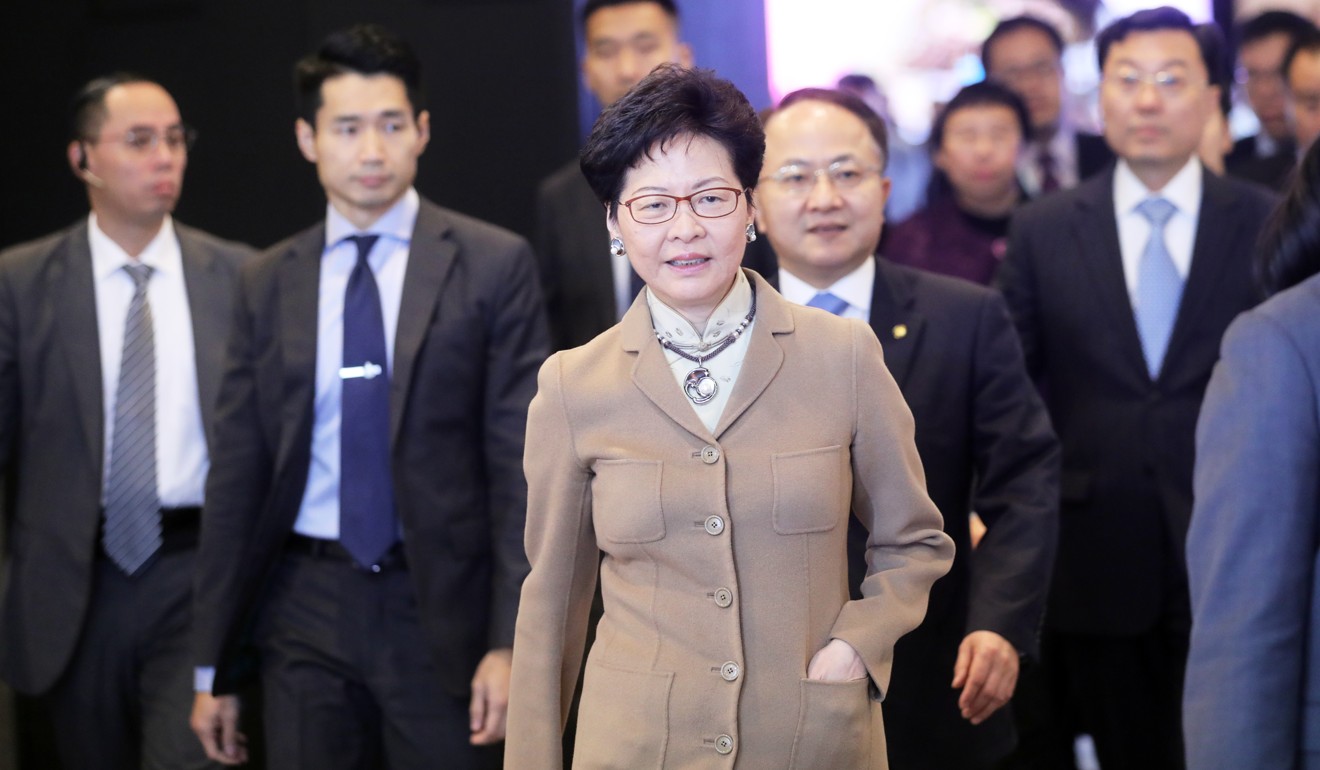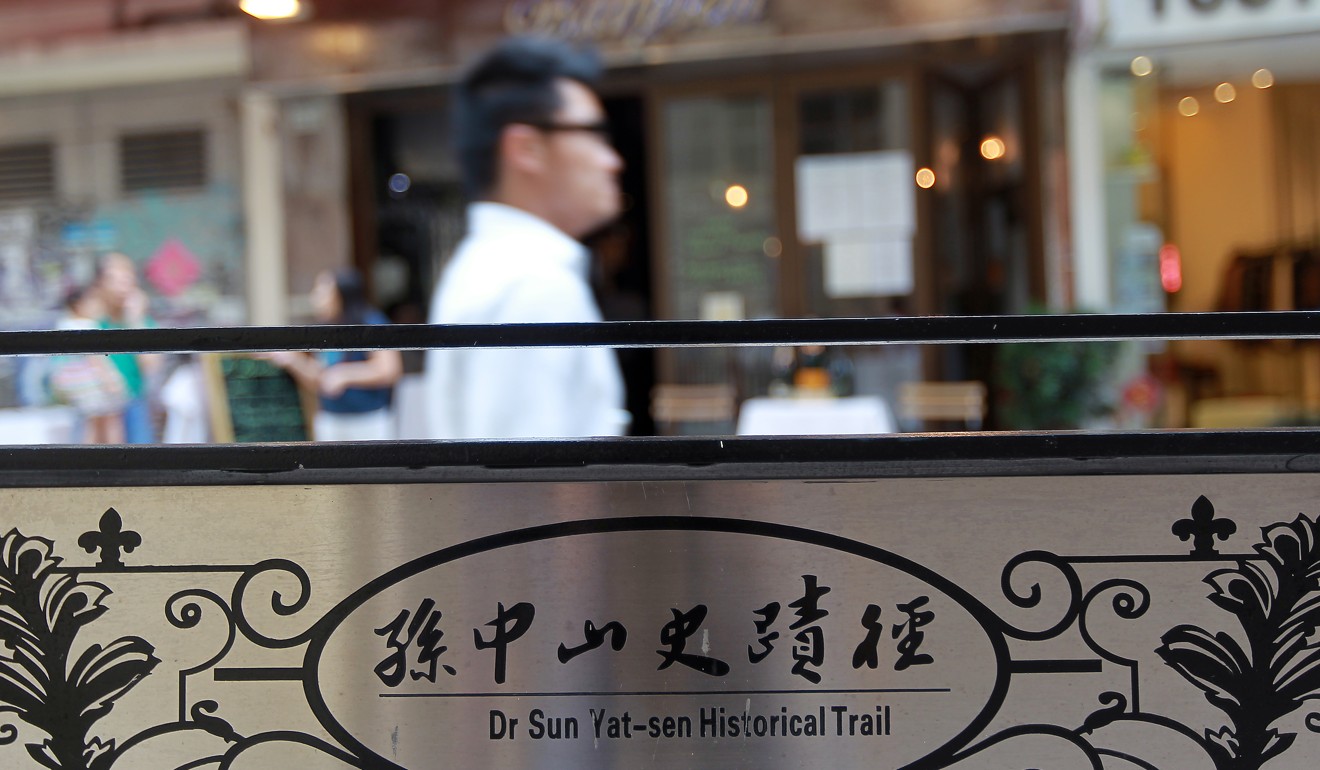
Greater Bay Area can tap into Sun Yat-sen’s life and develop heritage trails to attract more visitors, says Guangdong’s deputy governor Xu Ruisheng
- Last year, area registered more than 32 million visits, and some 160 million intra-regional trips
A deputy governor of Guangdong province on Wednesday highlighted five ways to develop historical and cultural tourism in Hong Kong, Macau and their neighbouring cities – from connecting heritage trails to displaying various facets of Dr Sun Yat-sen’s life.
The proposals by Xu Ruisheng at the Hong Kong International Tourism Convention, where he also showed Hong Kong Chief Executive Carrie Lam Cheng Yuet-ngor graphics featuring the life history of Sun – founder of the Republic of China – in these cities as an elaboration of his idea, said Wang Yiyang, the province’s No 1 tourism official.
With a total population of 70 million and an economy worth more than US$1.5 billion, the 11 cities make up the Greater Bay Area, an initiative by the Chinese government to develop an innovation and technology powerhouse to rival Silicon Valley.
The Greater Bay Area is also a magnet for tourists, with more than 32 million visits and more than 160 million intra-regional trips made last year, said Yu Qun, a top official in China’s Ministry of Culture and Tourism.

Delivering his opening remarks at the convention, Xu said: “I would like to propose developing historical and cultural heritage tourism across the Greater Bay Area, therefore relevant services provided in Hong Kong, Macau and the mainland can supplement each other under the bonding of shared history.”
He then laid out five measures to realise his vision.
“To overcome the physical distance, we can erect direction signs in Hong Kong, Macau and Guangdong to recommend heritage spots in each other’s territories.
“The heritage trails in Hong Kong, the historical district in Macau and the ancient trade routes in Guangdong can be put together [for] various tourism packages,” he said.
Historical figures, such as Sun, and the Guangdong migrant workers who left Hong Kong for San Francisco in the 19th century can also serve as themes for the area’s tourism products.

“Cities in the Greater Bay Area can join efforts to preserve heritage buildings with characteristics of Lingnan [areas to the south of Five Ridges], and exchange collection in their museums for exhibitions,” Xu added.
On the sidelines of the convention, Wang, of the Guangdong Provincial Culture and Tourism Department, told the Post that Xu showed Lam heritage graphics related to Sun’s life in Hong Kong, Macau and Guangdong.
“Can we map out Dr Sun’s life in different cities and put them together [in a tourism product]? Wouldn’t that be a good brand?” Wang said.
Wang also suggested that an ancient trade route, named Qiao, extending from Zhongshan in Zhuhai to Macau in the west bank of the Pearl River Delta, was also a potential tourism attraction.
“Visitors can be shown how people travelled one to two hundred years ago while they are led down the old path,” Wang said.

